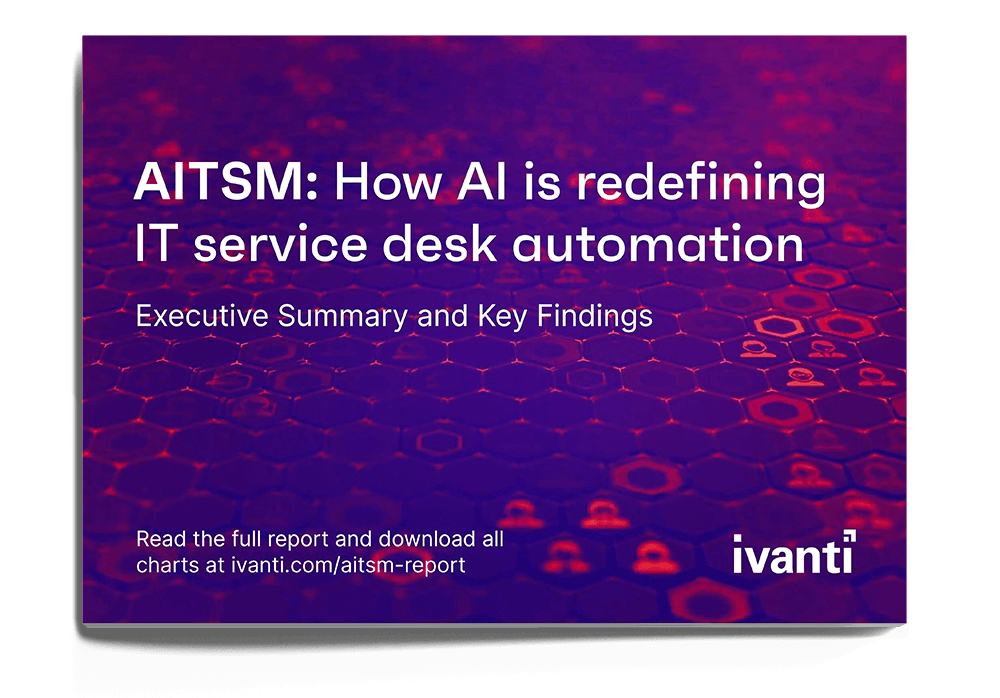2. Improve data accuracy/accessibility for better asset management and services

Your organization absolutely needs accurate data. Inaccurate or incomplete data will hinder your AI adoption, because we know AI requires large amounts of high-quality data for training and operation. What’s more important, without complete, accurate data, you can really only be reactive; you can't be proactive.
Example: If you don't know what software and hardware you have in the organization, you're most likely overspending. Eliminate those blind spots. Improve your asset visibility, and then take steps to monitor those assets. With that granular monitoring data, you can identify hidden or unnecessary costs or look for proactive ways to reduce costs.
Second, combine the data silos you have in your organization. Some of those data silos would be your asset inventory, your asset management software inventory, your data center inventory service maps, tickets, information, knowledge bases, or monitoring logs. By combining that data, you don't have just a singular view of an asset; you get a 360-degree view of it — and you can use it to achieve greater outcomes."

Daren Goeson
Senior Vice President of Product Management, SUEM, Ivanti



